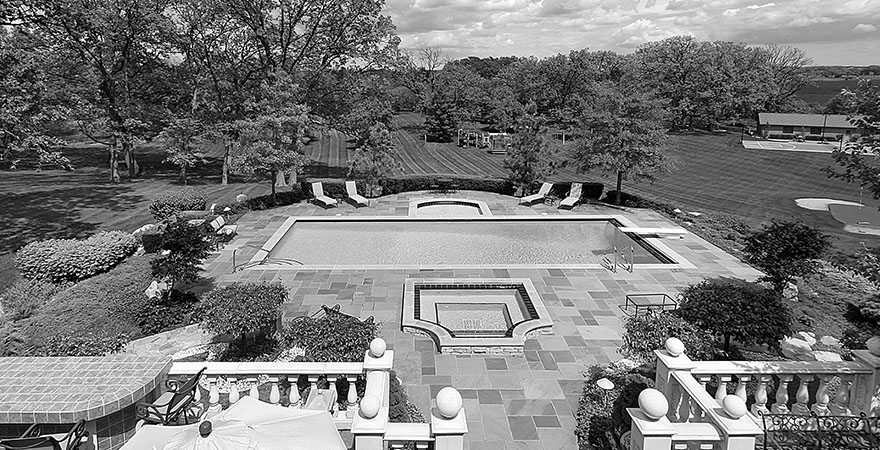The Origins of Masonry
Stone and Brick Masonry
Whether it is the pyramids in Egypt, the Great Wall of China or the Colosseum in Rome – these architectural structures are the iconic examples of masonry. The birth of hardscaping and masonry can be dated back to the first agricultural age with the expansion of the Fertile Crescent between 9,000 to 7,000 BC. At this time, fire was used to craft mortar. Mortars made of mud was used to smear rising walls to give stability and protect against weather. Stone was preferred to bricks and in the absence of stones, bricks were made of clay and silts. With passing years, men understood the art of quarrying, cutting, using chisels to carve stone with precision. Since, fire was used to build brick walls, it brought information of burned brick, leading to the creation of brick kiln. Masons gradually understood how to turn limestone into lime and lime mortar, thus replacing mud.
Around the fourth millennium, Mesopotamians started building stone and brick palaces and temples; Egyptians started constructing pyramids and stone temples in the third millennium. Greeks also improved upon their temples made of limestone and marble. When the Romans learnt about this art, they made huge masonry arches and roof vaults in palaces, aqueducts, and baths. Europeans and Islamic countries brought masonry to new heights during the medieval period. The craftsmen in Islamic countries built splendid palaces, markets, mosques of bricks and clay tiles. The Europeans focussed on building stone fortress and cathedrals with pointed vaults and buttress.
Modern Masonry Design
Simultaneously, craftsmen in Central America, Asia, South America were perfecting their architectural structures using cut stone. During the Industrial Revolution, machines were invented in Europe and North America to quarry and mold bricks and transport it to the building site. Mathematics was applied to analyze the masonry arches and the stone cutting.
End of the 19th century saw masonry materials being replaced by metal. Concrete was poured into wood, heavy masonry vault was replaced by light steel and concrete roof structures. Then came the Concrete Masonry Unit (CMU) or the hollow concrete brick that revolutionized masonry as a craft. Concrete block was not only less expensive than cut stone but required less labor. It could be used with brick and stone facings to build low cost walls. An important invention by the Britishers was the brick cavity wall that led to the building of tighter walls. This later helped to adapt to thermal insulation, which became available in the 20th century.
Over the years, many architects have chosen masonry design because of its beauty, durability and various techniques.

